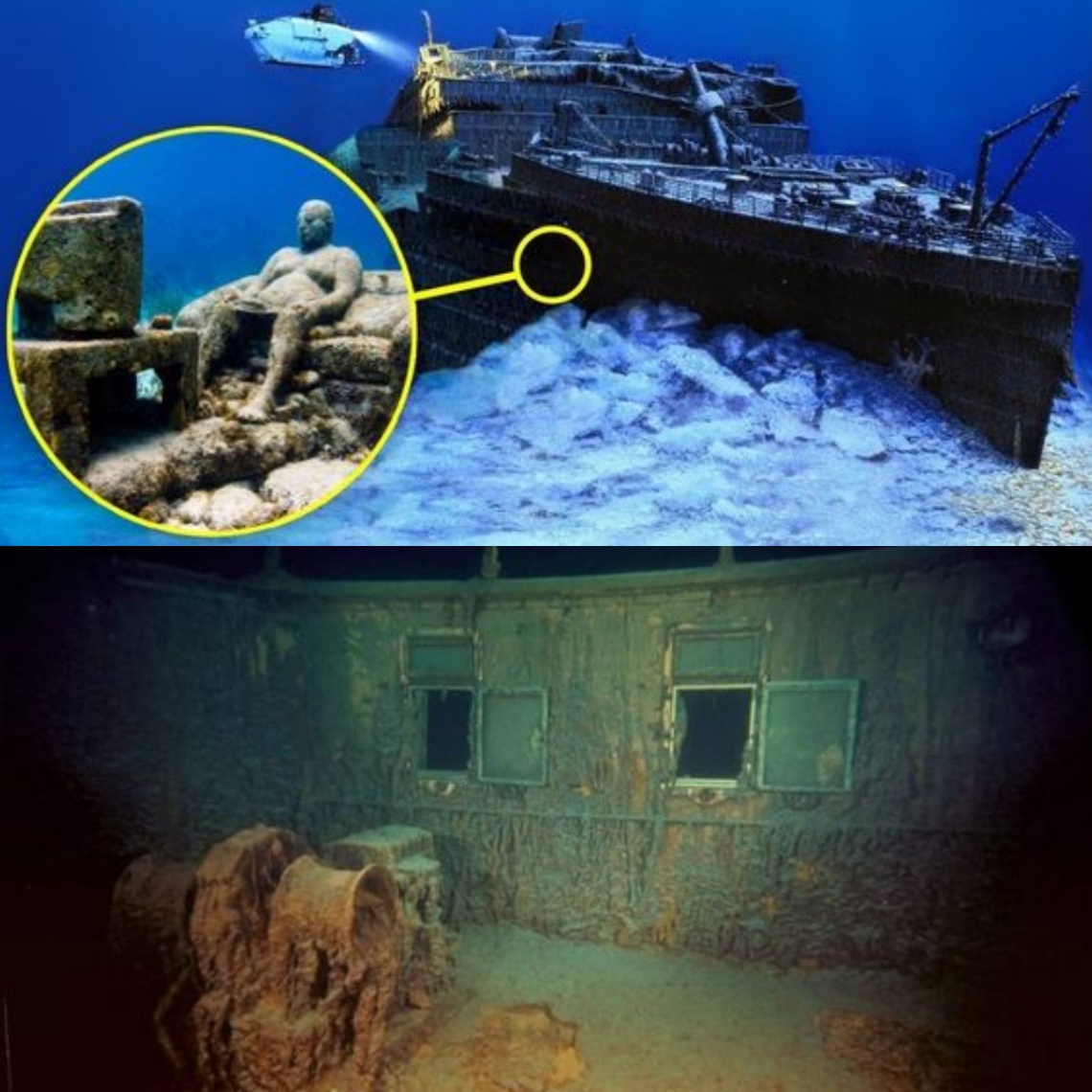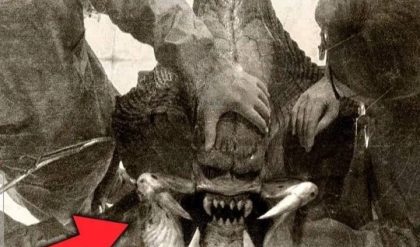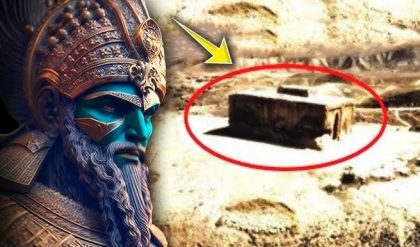An international team of palaeontologists from Flinders University in Australia and Universite du Quebec a Rimouski in Canada have revealed the fish specimen, as described in the journal Nature, has yielded the missing evolutionary link in the fish to tetrapod transition, as fish began to foray in habitats such as shallow water and land during the Late Devonian period millions of years ago.

“Today we announce in the journal Nature our discovery of a complete specimen of a tetrapod-like fish, called Elpistostege, which reveals extraordinary new information about the evolution of the vertebrate hand,” says Strategic Professor in Palaeontology at Flinders University Professor John Long.
These include the well-known Tiktaalik from Arctic Canada, known only from incomplete specimens.
“The other features the study revealed concerning the structure of the upper arm bone or humerus, which also shows features present that are shared with early amphibians. Elpistostege is not necessarily our ancestor, but it is closest we can get to a true ‘transitional fossil’, an intermediate between fishes and tetrapods.”
Elpistostege was the largest predator living in a shallow marine to estuarine habitat of Quebec about 380 million years ago. It had powerful sharp fangs in its mouth so could have fed upon several of the larger extinct lobe-finned fishes found fossilised in the same deposits
Elpistostege was originally named from just a small part of the skull roof, found in the fossiliferous cliffs of Miguasha National Park, Quebec, and described in 1938 as belonging to an early tetrapod.
Another part of the skull of this enigm





